When traveling internationally or switching mobile carriers, handling SIM cards can become a bit overwhelming. Whether you’re trying to unlock your phone, find the best deals, or figure out the best way to use your device abroad, this guide will walk you through the process step by step. In the world of mobile phones, SIM cards play a vital role in maintaining connectivity, and learning the ins and outs of handling them will save you time, money, and frustration.
1. Understanding the Basics of SIM Cards
Before diving into the specifics of getting a SIM card, it’s essential to understand what a SIM card is and why it’s crucial. A SIM (Subscriber Identity Module) card is a small, removable smart card that connects your phone to a mobile network. It stores important information such as your phone number, your carrier’s network, and your contact list (in some cases).
The SIM card is what makes your phone “yours” on a particular network. Without it, your phone won’t be able to connect to any mobile network, whether it’s for calls, texts, or mobile data.
2. Choosing the Right SIM Card for Your Needs
When it comes to picking the right SIM card, there are several factors to consider. Depending on your location, the mobile networks available, your phone’s compatibility, and whether you’re traveling or staying in a single country, your choice of SIM can affect both your phone’s performance and your wallet.
Local SIM Cards for Domestic Use
If you’re only planning to stay within one country and don’t require international roaming, purchasing a local SIM card can be an easy and cost-effective solution. Local SIM cards usually offer better rates for calls and data usage, so it’s worth considering.
You’ll need to research which carriers dominate the market in the country you’re in. For example, if you’re in the United States, you’ll want to look at T-Mobile, Verizon, or AT&T. Each provider offers a range of prepaid and postpaid options, so it’s important to choose a plan that matches your phone usage. If you’re planning to use a lot of data, make sure to compare the plans carefully, as some providers offer unlimited data plans, while others have capped data with slower speeds after a certain threshold.
International SIM Cards for Travel
If you plan to travel between several countries or continents, an international SIM card could be your best option. International SIM cards are designed for travelers, giving you access to multiple networks across different countries. They often come with pre-loaded data and call packages that make roaming more affordable than using your home carrier’s roaming services.
Some international SIM cards even provide a global hotspot feature, which can be a game-changer if you plan on using multiple devices. One of the key advantages of international SIM cards is that they often offer competitive rates, especially for data usage, which is one of the biggest expenses when roaming.
However, when purchasing an international SIM, it’s essential to consider the countries you will visit, as some SIM cards only provide coverage in select regions. Do your research and find out whether the SIM card will work in all the places you intend to visit, and what kind of coverage you can expect.
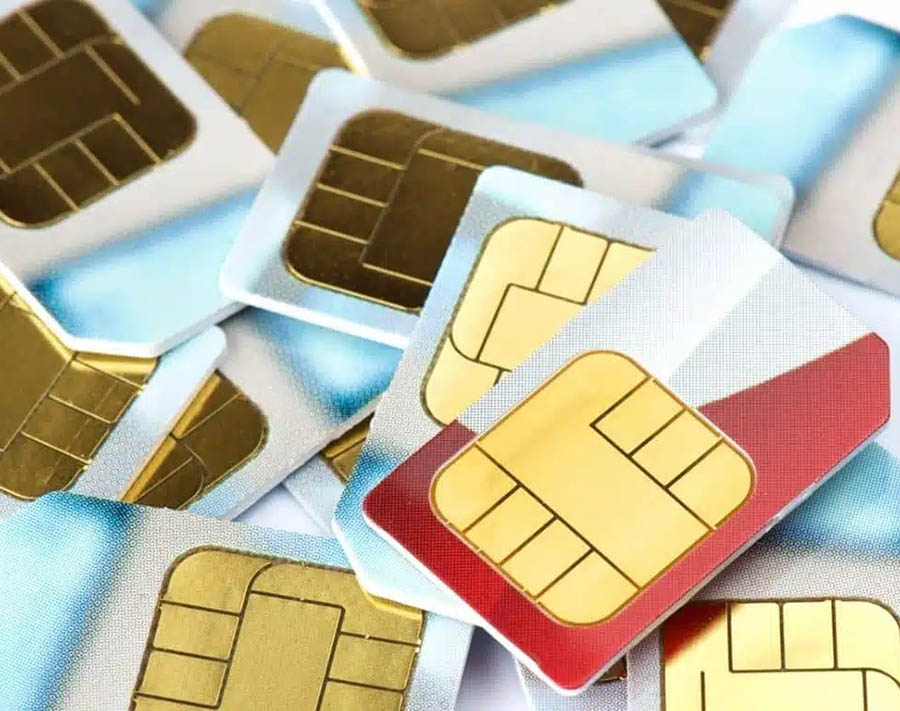
3. Unlocking Your Phone for SIM Card Use
Before inserting a new SIM card into your phone, you must ensure that your device is unlocked. Some phones are “locked” to a specific carrier, meaning they can only use the carrier’s SIM cards. This can be particularly troublesome if you want to switch to a different carrier or use a SIM card while traveling abroad.
If your phone is locked, you’ll need to contact your carrier and request an unlock. Most carriers will unlock your phone after a certain amount of time, or after the contract has been completed. Keep in mind that unlocking processes vary by carrier, and some may charge a fee. Be sure to check the specific carrier’s unlocking policy and requirements.
Once your phone is unlocked, you can insert any SIM card compatible with your device. This opens up the opportunity to shop around for the best rates, whether it’s for domestic or international use.
4. Inserting and Activating Your SIM Card
When you receive your SIM card, the first thing you’ll need to do is insert it into your phone. Most phones have a SIM card tray that can be accessed with a small tool, like a paperclip or SIM ejector. Once you’ve removed the old SIM card (if applicable), simply place the new SIM into the tray and insert it back into the phone.
After the SIM is inserted, the next step is activation. Activation is an important step to make sure your SIM card works correctly with the mobile network. In most cases, this process is automatic, but there are a few things to keep in mind.
For Local SIM Cards
Activation for local SIM cards usually requires you to follow instructions provided by the carrier. This can involve calling an activation number, sending a text, or going to the carrier’s website to activate the SIM card manually.
For example, when you buy a local SIM in a country like the UK, you may need to visit the provider’s website and register the SIM card using a valid address and identification. Some countries require a physical identification document, such as a passport or driver’s license, to activate a SIM card. Always carry identification when buying a SIM card in another country.
For International SIM Cards
For international SIM cards, activation might be done either before your trip or after you arrive at your destination. Many providers allow you to activate your SIM card online through their website or customer service app. Make sure to double-check whether the card is activated before traveling so you don’t run into any issues when you need to use it.
5. Managing Your Data and Call Usage
Once your SIM card is activated, you can begin using it for calls, texts, and data. However, it’s important to monitor your usage closely, especially if you’re using a prepaid SIM or an international SIM card with a set amount of data.
Using Data Wisely
If you’re traveling internationally, using data can quickly rack up charges if you’re not careful. To keep costs down, consider the following tips:
- Download offline maps before you leave your hotel or the airport so you don’t need to use mobile data for directions.
- Use Wi-Fi whenever possible. Many hotels, cafes, and airports offer free Wi-Fi, and it’s always a good idea to connect to a trusted network when you can.
- Enable data roaming only when necessary. Some carriers offer data packages that reduce costs for roaming services, but it’s still wise to use data cautiously.
If you’re in a foreign country and find that your data usage is out of control, you can often buy additional data packages from the carrier’s website or customer service line.
Managing Calls and Texts
When you’re managing calls and texts, some providers offer bundles or packages that can significantly reduce the cost of local or international calls. It’s worth checking the available plans before you make any calls or send texts, especially if you plan on calling home or need to make international calls.
If you’re only staying in one country, local plans often include unlimited texting, and some even offer free calling between local networks. It’s always a good idea to check which providers offer the best coverage and rates in your area.
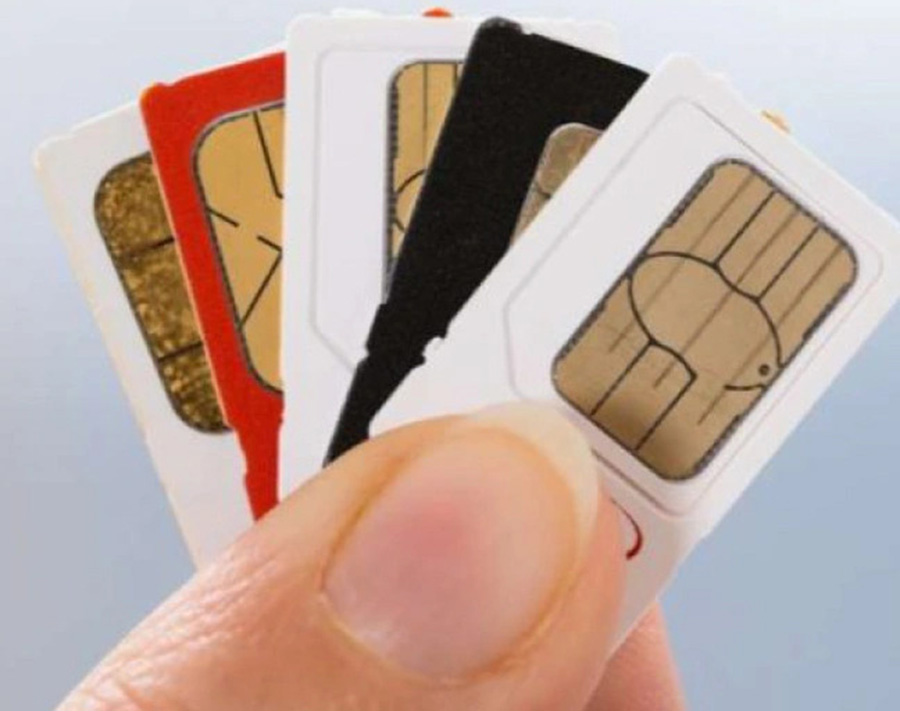
6. Where to Purchase and Manage Your SIM Cards
Knowing where to purchase your SIM card can significantly impact the ease and cost of obtaining one. There are various places to buy SIM cards, both physically and online.
Local Carrier Stores
The easiest and most common place to purchase a local SIM card is at the carrier’s retail store. These are typically found in major cities and airports. Retail staff are often ready to assist you with choosing the right plan, inserting the SIM, and activating the card. If you’re in a non-English-speaking country, make sure the store has English-speaking staff, or ask a local to help you.
Online Retailers and Providers
If you’re planning to use a prepaid SIM or an international SIM card, online retailers offer a variety of options. Websites like Amazon, eBay, or even specialized services such as Airalo or Holafly make it easy to buy international SIM cards that will work across multiple countries.
Some of these providers will ship the SIM card to your home address before you travel, so you can be ready to go the moment you land. Many of these services also offer excellent customer support, so if you run into any issues with your SIM card, help is just a message or phone call away.
7. Recommended SIM Card Providers and Platforms
If you’re looking for recommendations, a few SIM card providers stand out in terms of reliability, ease of use, and coverage:
- Airalo: Known for offering affordable eSIM cards for international travel, Airalo provides global coverage at competitive prices.
- Holafly: This provider specializes in SIM cards for travelers, offering unlimited data plans with no extra roaming charges.
- Amazon: For those who prefer physical SIM cards, Amazon offers a wide range of SIM cards from global providers that can be shipped before you travel.
- Google Fi: If you’re looking for flexibility, Google Fi provides excellent international coverage with the option to switch between multiple networks as you travel.
With these resources and tips, managing your SIM card and mobile connectivity becomes much more straightforward. Whether you’re looking for a budget-friendly option, an international plan, or local coverage, there’s a solution that will keep you connected wherever you go.







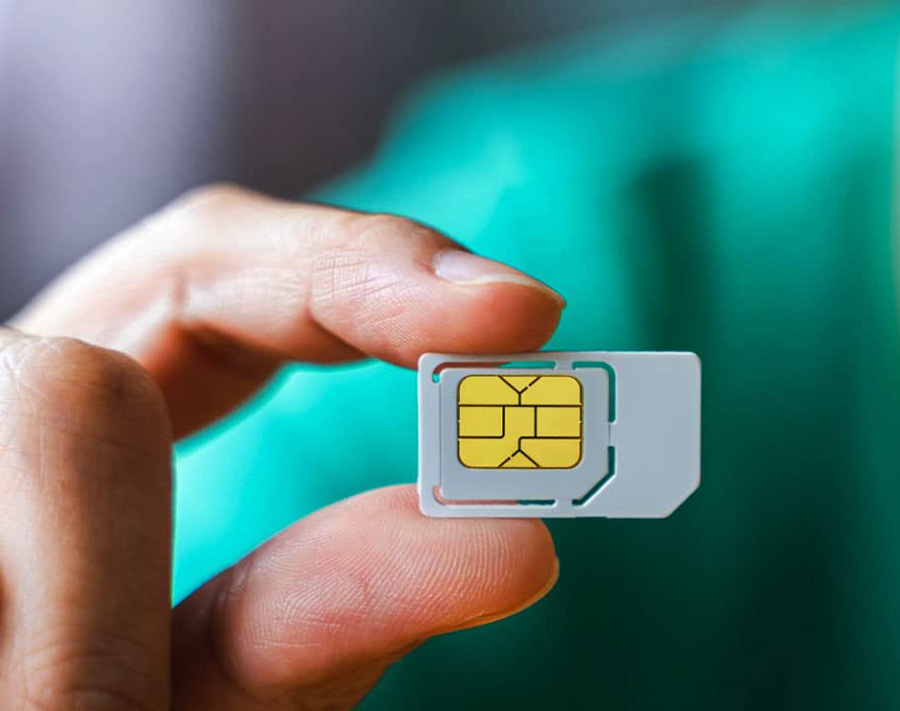
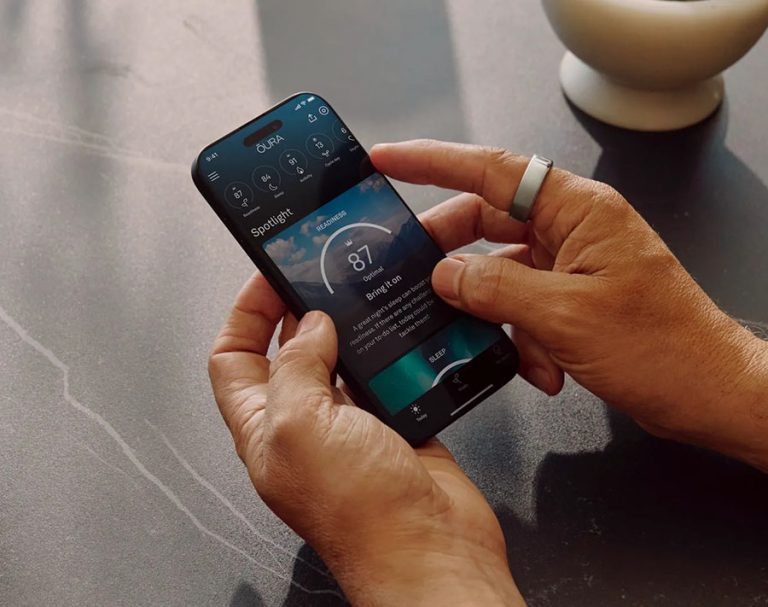

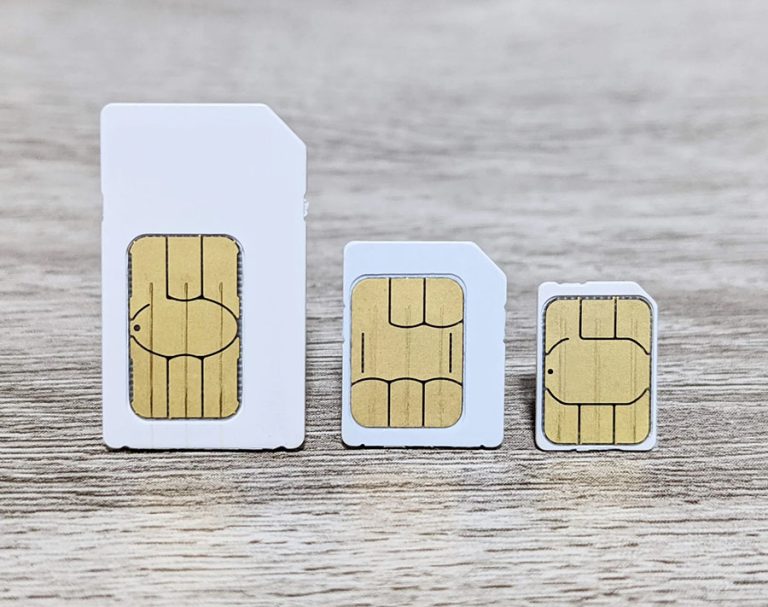
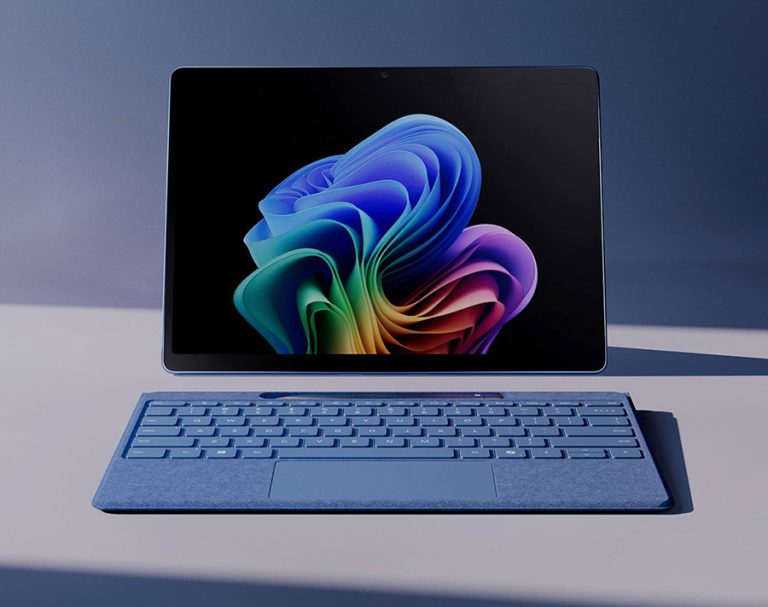
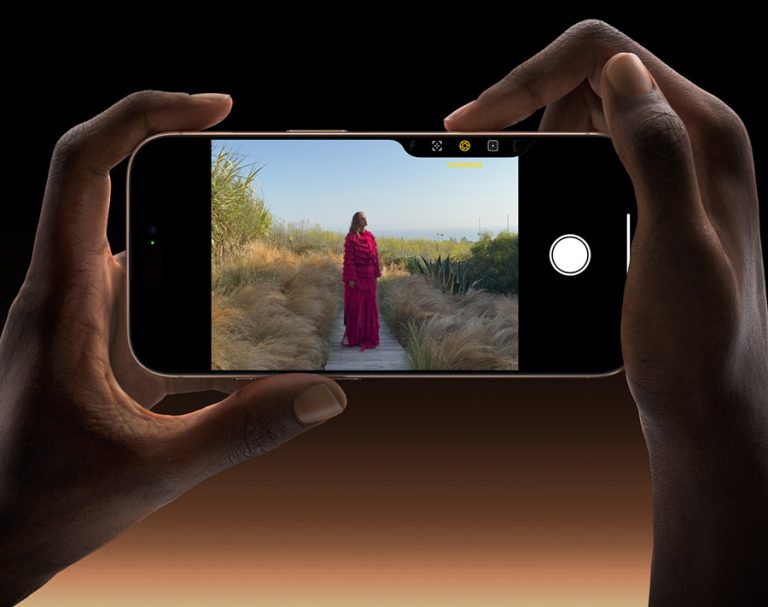

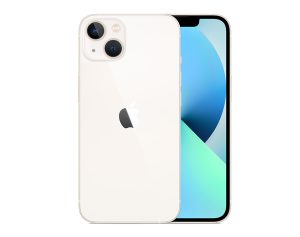


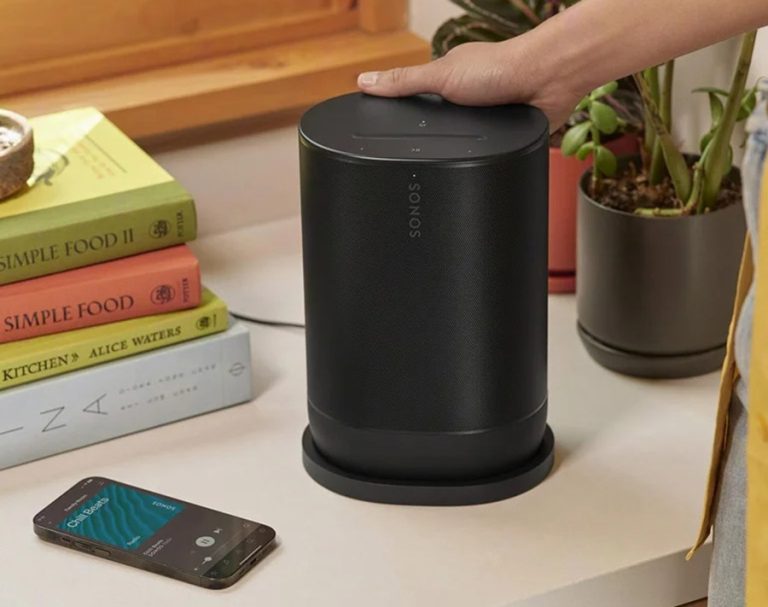


+ There are no comments
Add yours